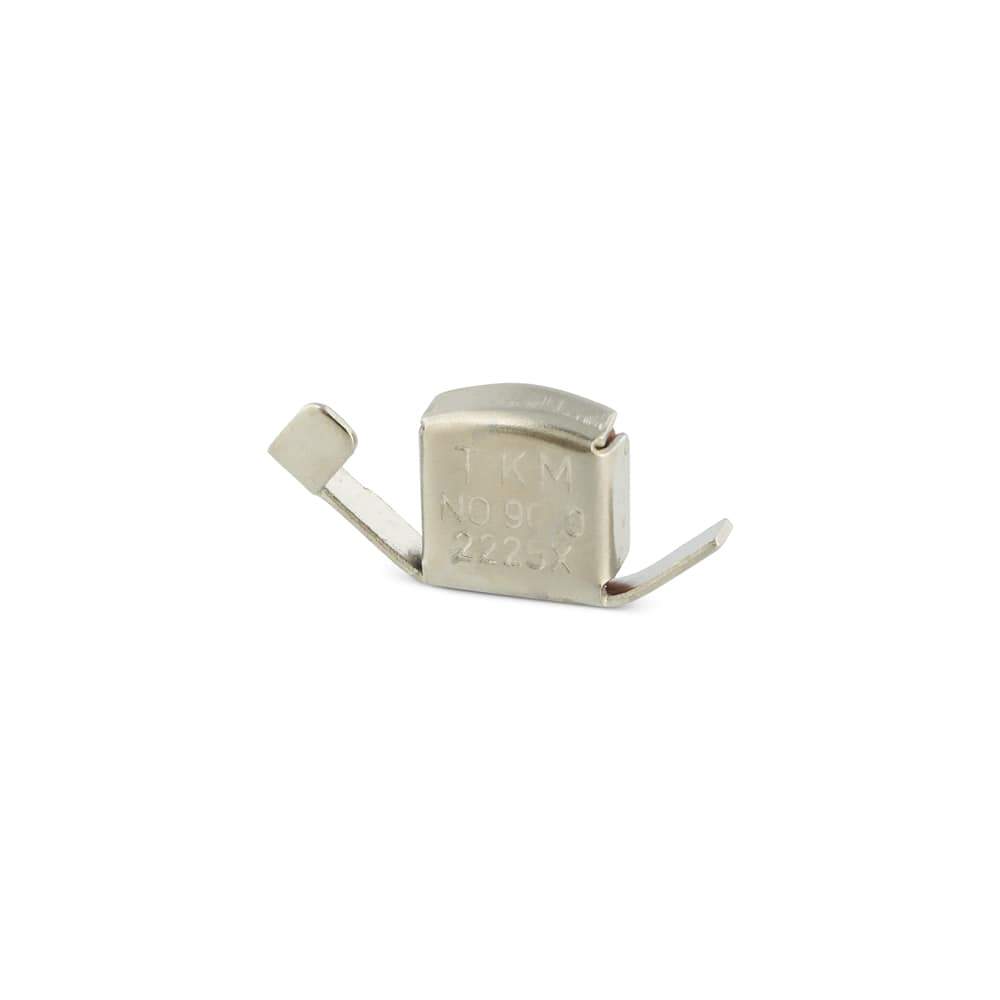How To Stipple Quilt
Stipple quilting adds wonderful dimension and texture to quilts, but many quilters are afraid of trying it. It can be daunting to get started, and frustrating to find yourself backed into a corner, but this simple solution can make it easy and fun. We’ll begin with a practice piece to give some tips and hints, then move to the project piece.
First, test the gel pen on a scrap of the actual fabric from the project to ensure that the color will disappear with the heat of your iron, and the fabric can take the treatment. I’ve never had any problem with the gel pens, and this step actually helps to calm the fear of getting started. You will be assured that the marks will be gone while giving you a bit of practice to get into the rhythm of sewing. Be aware that this ink is only rendered clear with heat, and in extreme cold situations, the marks may reappear. However, all that is needed is to re-press and the marks will disappear again.
Be sure your feed dogs are dropped. It also helps to have a new needle. If you have a ‘needle down’ setting, turn it on so your stops will have the needle in the fabric so you can turn the piece easily. Put the #14 Darning Foot on your machine from the Madam Sew Ultimate Presser Feet set. This foot hops as you sew making free motion quilting smooth and easy.
Place your hands on both sides of the piece, moving it under the needle at an even pace, keeping the needle between your hands. Reposition as needed. Sew on the line, moving the fabric smoothly and keeping a steady speed on the machine. Turn the piece as needed to keep the line in front of the needle. Then, use your iron to remove the markings.
When the marks are ironed away, you are left with a beautiful stipple background. It is a good time to look at your stitches as well, from both sides to be sure the tension is correct. You’ll notice that the stitches here are a bit uneven. Since the stitch is made by your movement of the fabric, work on moving slowly and evenly with a constant even pressure on the foot pedal to get the most consistent stitches. But don’t worry if they aren’t all exactly the same. Practice as long as you need to in order to be comfortable moving the quilt sandwich.
Now that you are ready to do your project piece, stabilize the piece with a simple stitch in the ditch around the edge of the stippling area, and around the edge of the motifs you want to highlight. It is also helpful to stitch around the edge of the piece too. If you have the ability to set your machine to sew at a slower speed, it will help prevent you from accidentally speeding up and getting off track.
Begin with marking a squiggly line on the background around the motifs you have. Try not to have just lines of repeating motifs, use offset mushroom shapes, U-shapes, jigsaw puzzle shapes, whatever you like to fill in the spaces. Here, I’ll stipple around these little paper pieced cranes. You’ll want to make one continuous line all the way around the piece, without crossing lines. Minimizing starts and stops is one of the goals.
Sometimes, a section in the middle might be missed, like this one between two cranes.
With the iron, 'erase' an opening in the line on one side.
Then redraw to cover the section, connecting back to the original line.
Unlike just jumping in sewing, you can refine the pattern as much as you like before actually beginning to stitch. Erase lines that don’t look the way you want, and redraw with the gel pen until you have the quilting line just the way you like. Then, when you are satisfied with the path, began at the corner where the line starts, and just follow the line.
You can stop as often as needed to in order to turn the piece so the stitching was always on the line in front of the needle. It is easier to see the path this way.
You can see that I didn't always stay right on the line, but that won't matter once the lines are ironed away.
Carefully iron away the marks, making sure to heat all of the marks so they disappear.
The stippling does make the cranes pop.
Now you know how to conquer your fear, give stippling a try! The Heat Erasable Gel pens make it a snap! If you’d like to see more on this project, click on Origami Crane Quilt.
Happy Quilting!!
Carole
From My Carolina Home



















